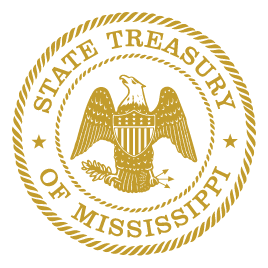Newsroom
McRae: Every Little Bit Counts
Even though gas prices have eased a bit, the pressure on our wallets seems unrelenting. Food costs remain 11 percent higher than last year, energy costs are up 24 percent, and other household items are up 8 percent, according to the Consumer Price Index’s August 2022 report. When it seems as though there are so many forces fighting our finances, how do we begin to think about putting what remains away in savings?
There are no simple answers. Financial advisors, however, will recommend that families start with a budget. Sometimes, just looking at where our money is going in black-and-white can help locate some places to save.
You might also want to set some goals – and actually write them down. Then, work backwards. Perhaps you’re looking to buy your first home, save for a child’s college education, or put money away for retirement. How much will you need to achieve these goals? Divide that by the number of months until you’ll need the money and you’ll get a baseline for what you need to contribute on a regular basis.
And don’t forget about smaller goals in this way too! A recent Yahoo! Finance article uses this example: “You may have a short-term goal of a Cancun vacation you want to take next year. Since the average cost for a couple is just over $2,000 for a week’s vacation, you could set a goal of saving $167 per month for a year to afford it.”
Of course, if you don’t have a clear goal in mind, you can try what SmartAsset.com calls the 50/30/20 Plan. Here, you use 50 percent of your net pay on needs (i.e., food, fuel, etc.), 30 percent on wants (i.e., Netflix, dining out, etc.), and the final 20 percent on savings or paying off debt.
The next question becomes: Where do I put the money I save? For smaller savings (such as for that Cancun vacation), a savings account works just fine. For larger savings, however, other accounts might give you a leg up.
While 401(k)’s and investment accounts are great tools to help you save more quickly for retirement or even a new home, I want to talk with you about College Savings 529 accounts specifically. These are tax-advantaged accounts managed by your State Treasury. They allow families to either pre-pay college or earn interest on college savings. These accounts have helped thousands of Mississippians reduce or completely avoid student loan debt. To learn more, visit Treasury.MS.gov/CollegeSavings.
One other thing: when you sign up for a college savings plan, we can make sure your monthly contributions automatic, meaning you can set it and forget it. Yahoo! Finance explains the advantages of automated saving like this: “you’ll never have to log into your bank account to move money into savings and you’ll adjust to the amount of money available in your checking while your savings account grows.”
Every little bit can add up when saving for your future. For more savings tools, visit Treasury.MS.gov.
